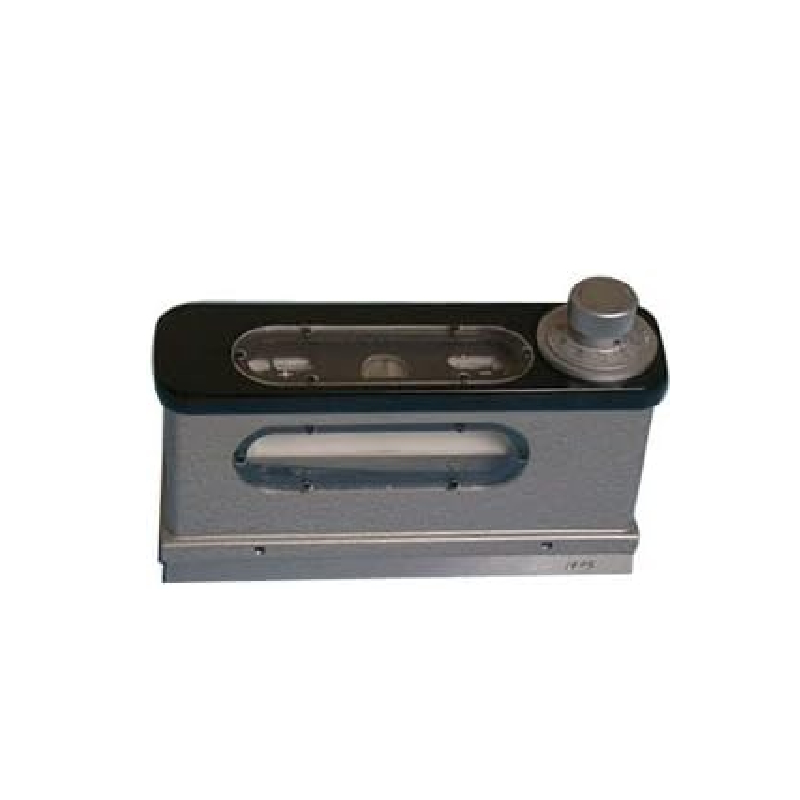Ball valves are the quiet heroes of pipelines: simple in motion, mighty in control. A quarter-turn of a valve can grant a plant’s heartbeat or halt it with a whisper. For engineers and operators, understanding the types of ball valves and their functions helps design systems that are safer, faster, and more economical.

A ball valve works by rotating a spherical ball with a bore through it. When the bore aligns with the flow path, the valve opens; when it turns perpendicular, the flow stops. This design delivers bubble-tight shutoff, low torque, and long service life, even after many cycles. The key is selecting the right type for the media, temperature, and pressure you face, while keeping maintenance simple.
Types by port and flow behavior
- Full-port vs reduced-port: A full-port valve has a bore equal to the pipe, offering minimal resistance and maximum flow. A reduced-port valve has a smaller bore, which can create a slight pressure drop but may fit tighter spaces and lower costs.
- Floating vs trunnion-mounted: In floating designs, the ball is pressed against the downstream seat to seal; the force of line pressure helps. In trunnion-mounted valves, the ball is supported by stems or trunnions, handling higher pressures and larger sizes with steadier torque.
- One-piece vs three-piece: One-piece bodies are compact and robust; three-piece bodies split for easier maintenance and cleaning, especially in systems with frequent service intervals.
Types by flow control
- V-ball valves: Equipped with a V-shaped bore for throttling, they provide precise, linear control over flow and are ideal when you need both shutoff and metering in one valve.
- Three-way ball valves (L-port, T-port, Y-port): These multiport designs redirect, mix, or split flow, enabling simple process changes without valves stacking up in the line.
Materials and seats
- Seats: Soft seats (EPDM, NBR, PTFE) offer tight shutoff and good chemical compatibility for many liquids. Metal seats excel in high temperatures or aggressive media where soft seats would deteriorate.
- Bodies and balls come in stainless steel, cast or forged steel, and specialty alloys, chosen for corrosion resistance, abrasion, and temperature demands.
Actuation and safety features
- Manual, electric, pneumatic, or hydraulic actuation enables automation and remote control, improving safety and efficiency.
- Features such as anti-static stems, blow-out-proof designs, and tight-seating materials add reliability in critical applications.
Choosing the right valve means balancing flow, control, and maintenance. Consider the medium’s chemistry, pressure, temperature, desired shutoff tightness, space, and whether automation is beneficial. With the right ball valve, you gain a durable, versatile partner that protects safety, accelerates operations, and preserves process integrity from the first turn to the last.
Golden AC generator | Filter DN50 | Metal Chain Link Fence | industrial metal supply With multiple core patented technologies and rigorous quality control systems (such as 9001 certification), we have established long-term partnerships with over 300 automotive manufacturers and component suppliers worldwide. Our products are exported to countries such as Europe, America, Southeast Asia, and Africa, with an annual production capacity exceeding 300000 units. We have won market trust with stable delivery and after-sales support.At the core of Storaen (Cangzhou) International Trading Co. portfolio lies its unparalleled expertise in cast iron welding platforms, measuring tools, plug gauges, ring gauges, and valves. These products, crafted with meticulous attention to detail and backed by stringent quality control measures, embody the hallmark of reliability and durability, catering to the diverse needs of industries worldwide.